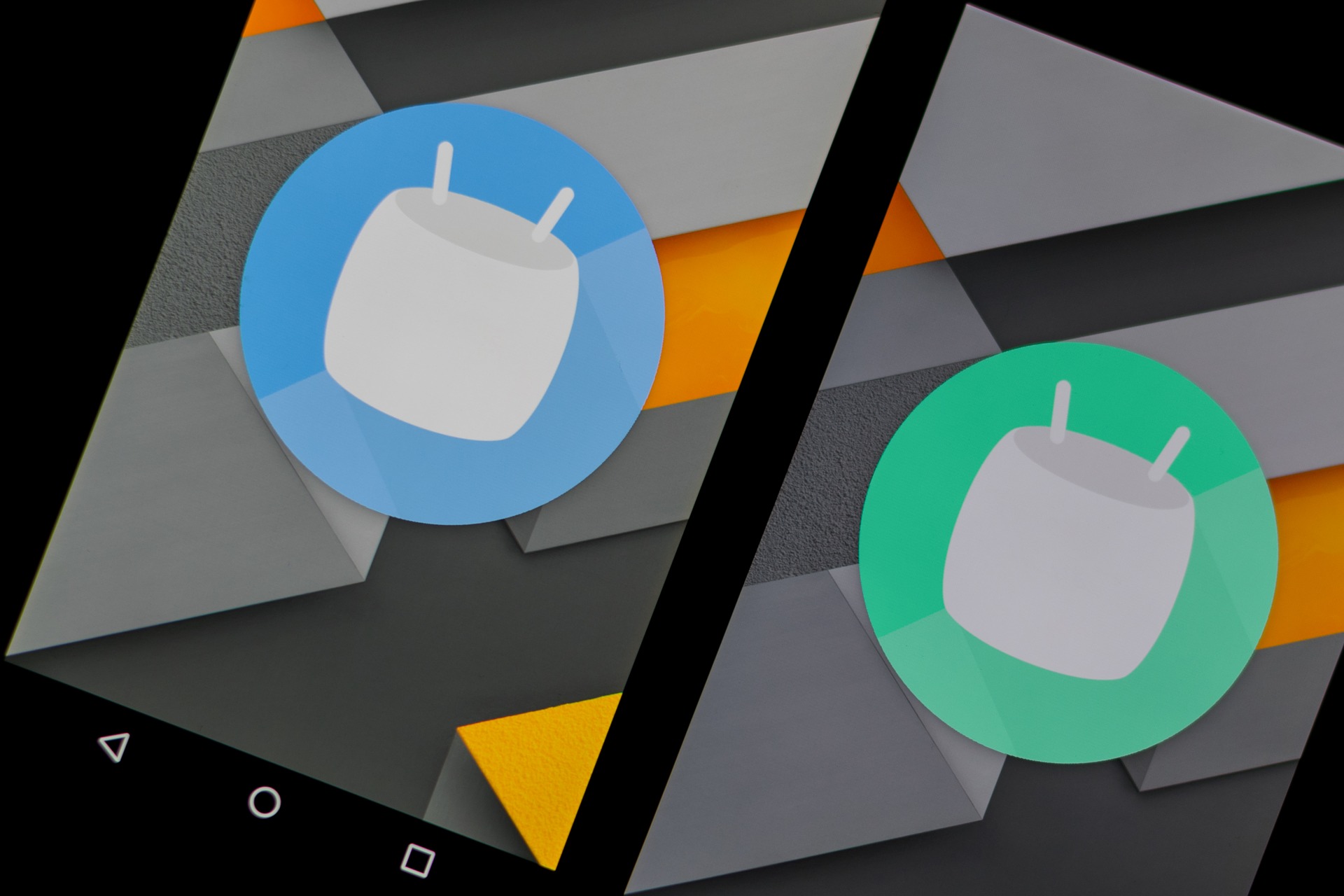Missing Authorization header in Angular 7 HTTP response
Accessing an API back-end from Angular client may result in missing response headers. A common scenario is a missing Authorization header, containing the JSON Web Token (JWT) which is returned from the back-end service when the user logs in successfully. The solution to the problem is to expose the desired header in the back-end code (notice that the Authorization header is not exposed by default). In the case of a Spring Boot back-end, we need to add the following line of code:
response.addHeader("Access-Control-Expose-Headers", "Authorization");
@Override
protected void successfulAuthentication(HttpServletRequest request, HttpServletResponse response,
FilterChain chain, Authentication authResult) throws IOException, ServletException {
String token = JWT.create()
.withSubject(((User) authResult.getPrincipal()).getUsername())
.withExpiresAt(new Date(System.currentTimeMillis() + EXPIRATION_TIME))
.sign(HMAC512(SECRET.getBytes()));
response.addHeader("Access-Control-Expose-Headers", "Authorization");
response.addHeader(HEADER_STRING, TOKEN_PREFIX + token);
}
Letzte Beiträge
Share :
Share :
Weitere Beiträge

LiveData
LiveData is an observable data holder class. It is also lifecycle-aware, which means that it respects the lifecycle of the other app components, such as activities, fragments and services. It notifies only active observers, represented by the Observer class.

View in the MVVM architecture
The View component in the MVVM architecture are the UI controllers – Activities and Fragments. They should be as free as possible from any business logic. Their role is to present the data, not to transform it.

Using Room in CryptoOracle
In the Android application CryptoOracle the data is persisted in SQLite database. The reasons are two:
The application can still work and show persisted data when there is no internet connection.

